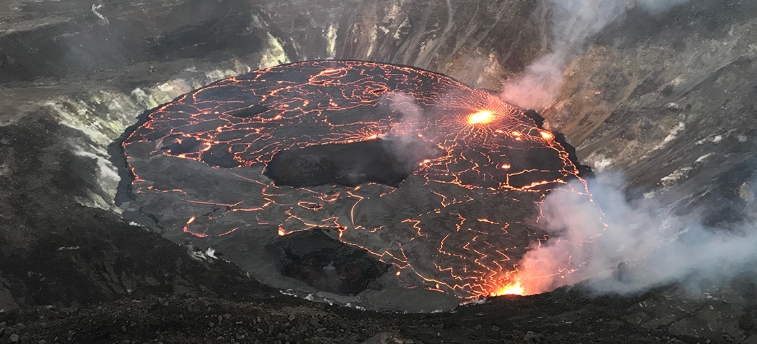Volcanoes are powerful natural phenomena that have both captivated and terrified humans for centuries.
Formation and Eruption
Volcanoes form when molten rock, ash, and gases are released from deep within the Earth through a vent or fissure in the Earth’s crust.
When a volcano erupts, it can spew hot lava, ash, and rocks into the air at incredible speeds, creating a spectacle of destruction and chaos.
Devastating Effects
The explosive power of a volcano can lead to devastating consequences for the surrounding area.
Lava flows can destroy homes, crops, and infrastructure, while ash clouds can disrupt air travel and obscure sunlight, leading to cooler temperatures and crop failures.
Shaping the Landscape
Despite the destructive power of volcanoes, they also play a crucial role in shaping the Earth’s landscape.
Their eruptions can create new landforms, such as mountains, islands, and even entire continents, over millions of years.
The Ring of Fire
One of the most well-known regions for volcanic activity is the Ring of Fire, a horseshoe-shaped area along the Pacific Ocean where over 75% of the world’s active and dormant volcanoes are located.
This region is home to some of the most powerful and deadly volcanoes on Earth, including Mount St. Helens in the United States and Mount Fuji in Japan.
Preparation and Monitoring
As our understanding of volcanic activity has increased, scientists have developed methods to monitor and predict eruptions, helping to minimize the impact on human populations living near volcanoes.
By studying the warning signs of an impending eruption, authorities can evacuate at-risk areas and provide early warning to those in harm’s way.
In conclusion, while volcanoes are undeniably powerful and sometimes destructive forces of nature, they also play a crucial role in shaping the Earth’s landscape and have provided insights into the inner workings of our planet. Understanding and respecting the incredible power of volcanoes is essential for living safely in volcanic regions.

